Great Photographers in Santa Barbara
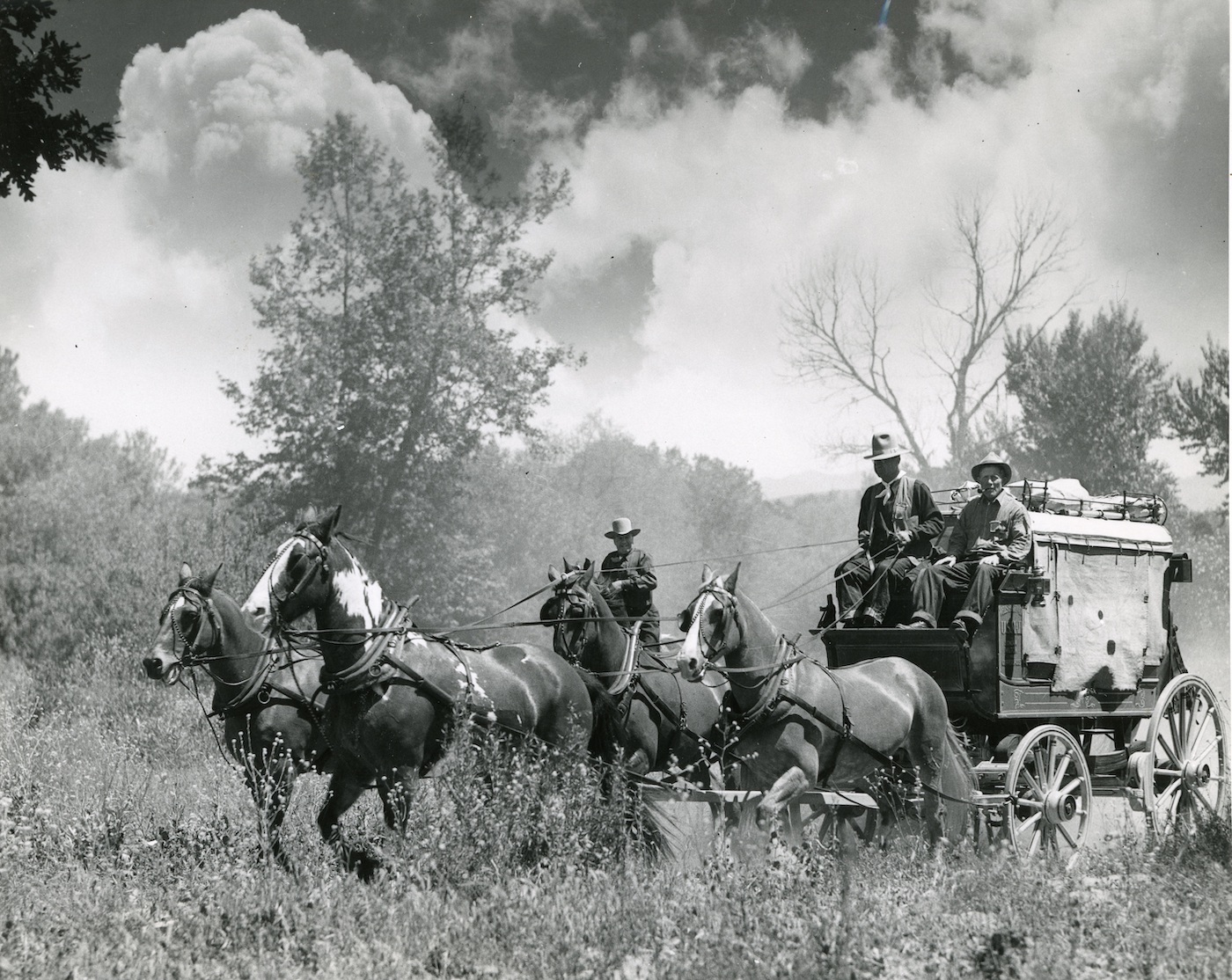
On four separate occasions over the past 40 years, my husband and I have evacuated due to wildfire. Each time, the first possessions that are packed in the car are our family photos. More important than art, electronics, books (well, maybe), or clothing, are the images of the important people, times, and events in our lives. I suspect we’re not alone in this hierarchy.
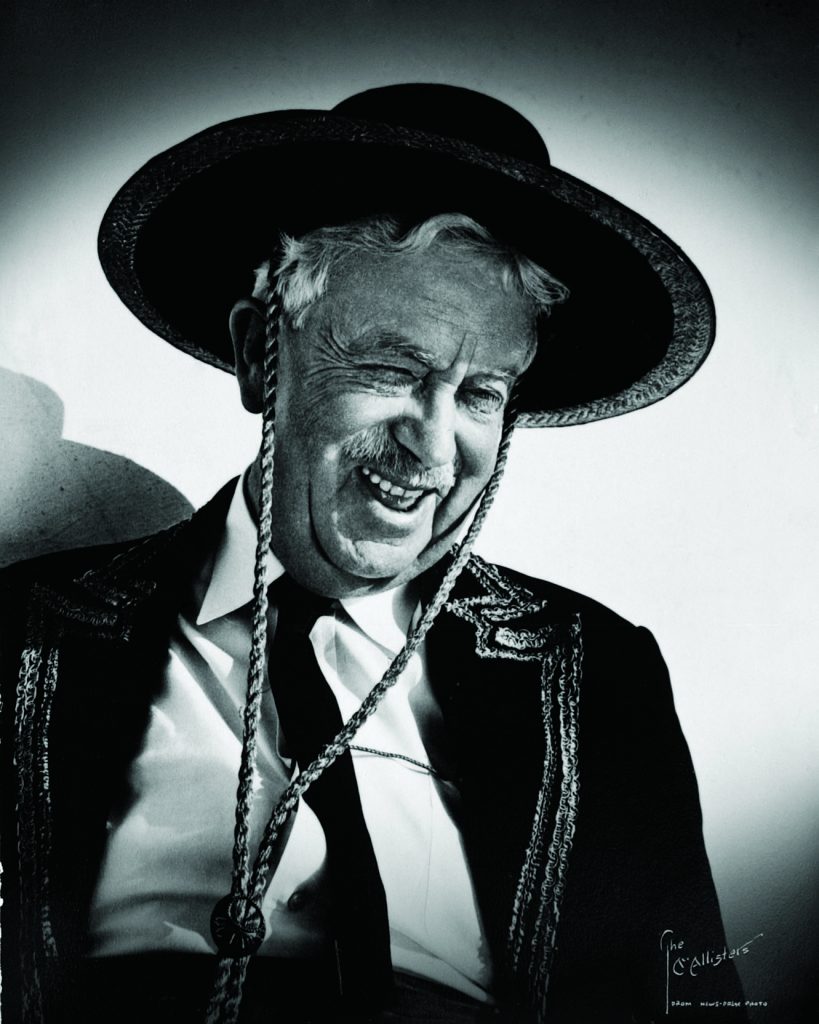
Just so, photographs of the people, buildings, landscapes, and events in our community document our collective local history. They preserve our culture and reveal the way things were, once upon a time, in Santa Barbara. This urge to record Santa Barbara on film led more than seventy photographers to operate in Santa Barbara between 1860 and 1930 alone. The Santa Barbara Historical Museum’s latest exhibition, “Great Photographers in Santa Barbara History,” features nine historic image-makers whose works have been preserved in the museum’s collection of over 80,000 photos.
H. Edgerton and Florence McAllister worked in Santa Barbara for thirty years starting in the mid 1930s. They were known for evocative and stunning portraits of Santa Barbara luminaries, including the various El Presidentes for Old Spanish Days. Besides a lovely image of Prima Signor, the owner of the much-missed Mom’s Italian Village, portraits of former County Supervisor Sam Stanwood and Palomino breeder and Fiesta parade impresario Dwight Murphy depict the men in their most elegant Fiesta finery.
German-born Karl Obert came to Santa Barbara in 1926 and began documenting its landscape and Ranchero events. A photograph of a slouched mounted man and his dog plodding along a dusty trail away from the camera evokes the mood of its title, “Day’s End.” Obert also captured the jubilant energy of a Ranchero stagecoach briskly trotting along the trail as dramatic clouds gather in the background.
I. N. Cook came to Santa Barbara in the 1880s. His photographs reveal Santa Barbara in the guise of the Wild West town it once was. N.H. Reed, to whom Cook sold his business (complete with glass negatives) in the late 1890s, documented local events and produced postcards. Reed’s postcards were enormously popular, and he documented scenes of the Floral Festivals, the Santa Barbara Mission, rose bushes, and, as his advertisements proclaimed, “Views of Everything of Interest.”
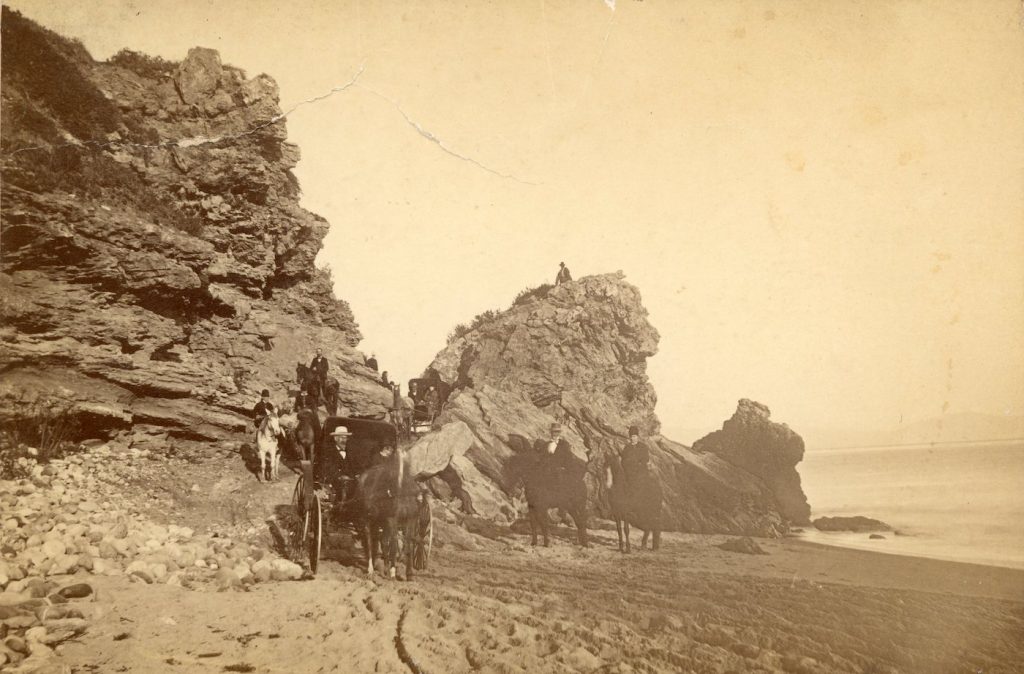
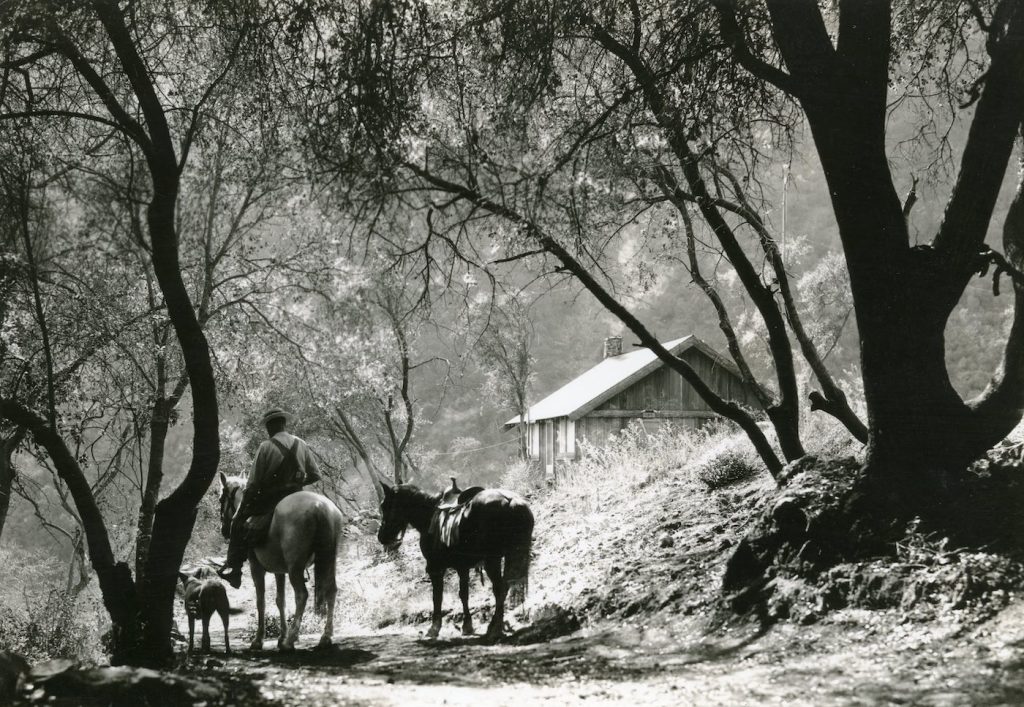
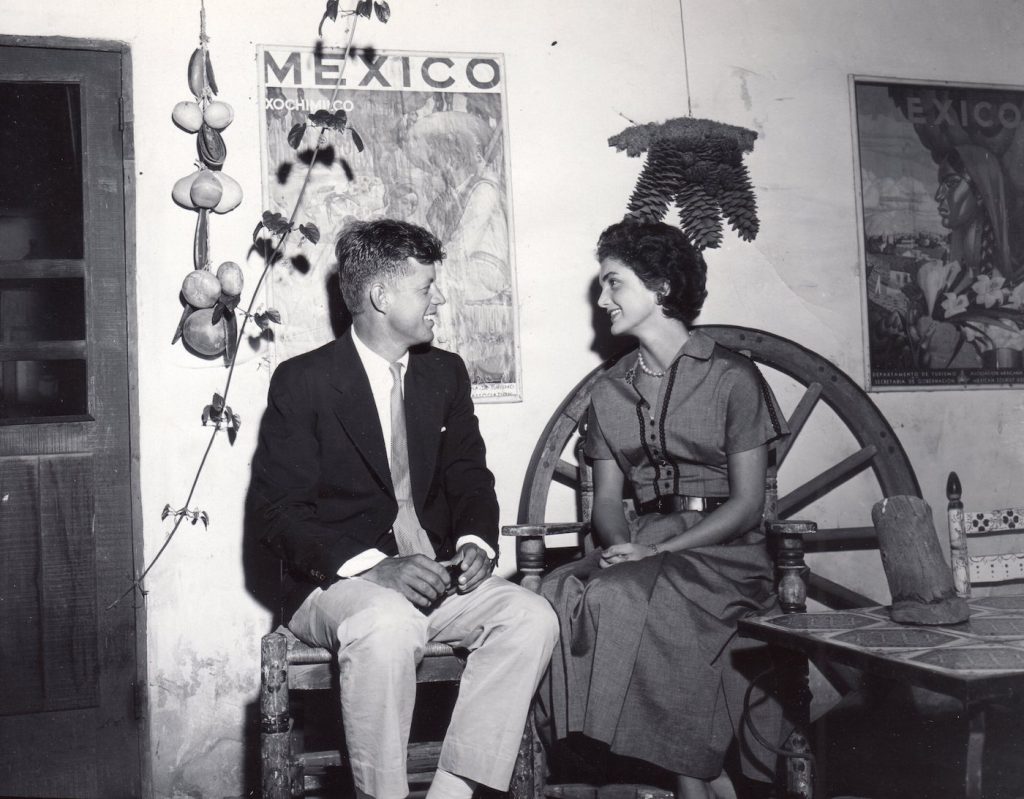
Others represented by the exhibition include Hayward and Muzzall, who specialized in stereopticons and brought the world of Santa Barbara into three-dimensional focus. Their image of Castle Rock, which once stood where the breakwater stands today, shows with great clarity the obstruction it created to transportation. Edwin Rick began working in Santa Barbara as a photographer in 1915 and became famous for selling postcards of the results of the Santa Barbara earthquake. His image of the honeycombed Hotel Californian portrays the dramatic consequences of the quake. Josef Muench, who became world-renowned for his images of the American Southwest, spent time photographing Santa Barbara in the mid-1930s.
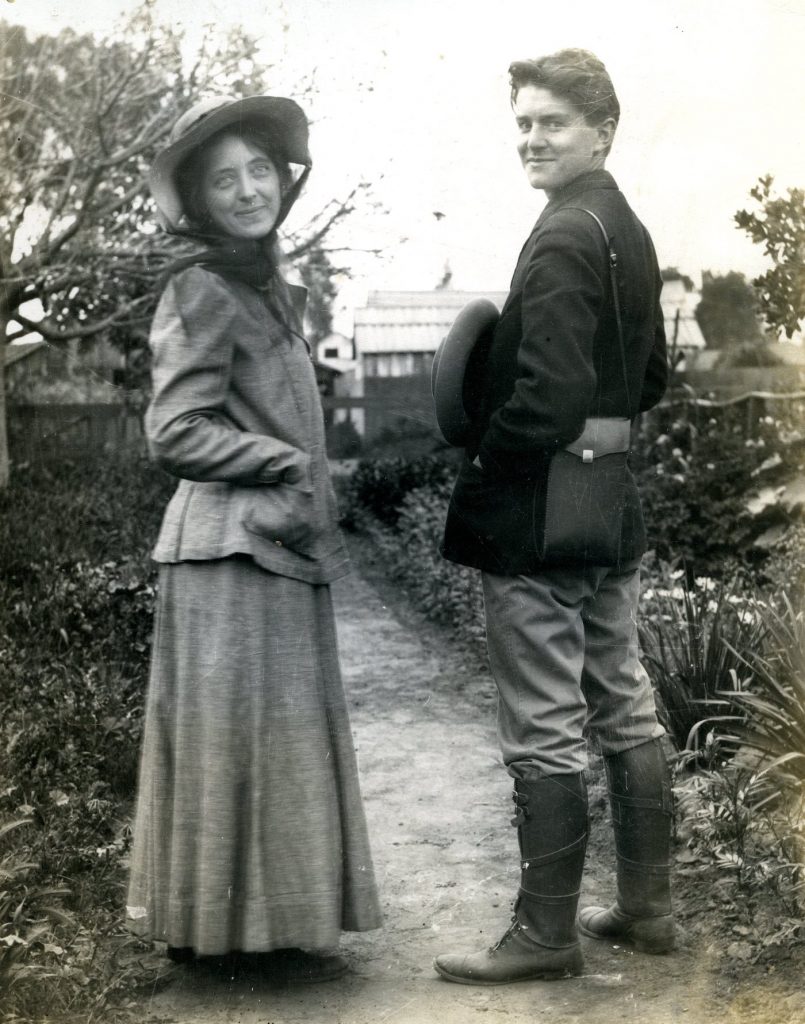
Carolyn and Edwin Gledhill, for whom the library at the Santa Barbara Historical Museum is named, created photographs of true artistic beauty. A portrait created by the Gledhills was de rigueur for Santa Barbara’s prominent men and women. Another who raised historic documentation to aesthetic realms was James Walter Collinge, who was nearly blind and deaf. Some believed his poor sight caused him to focus on form and shape in a more artistic manner.
Hal Boucher’s seven-decade career as a photographer has created hundreds of photographs of visiting and resident celebrities. Hal worked as a staff photographer for the News-Press for many years before becoming the official photographer for the Biltmore. His image of John F. and Jacqueline Kennedy on their honeymoon at the San Ysidro Guest Ranch in 1953 radiates with joy and love.
Currently, the museum is engaged in a major project to preserve and protect the nearly 10,000 glass plates created by Cook and Reed, given to the museum by the Gledhill family. The images are also being scanned and hundreds of them can be found online at www.sbhistorical.org or streaming at the exhibition. The project is sponsored by the Schwemm Family Foundation, which, together with museum trustees Sharon and David Bradford and John C. Woodward, has also sponsored the exhibition.





